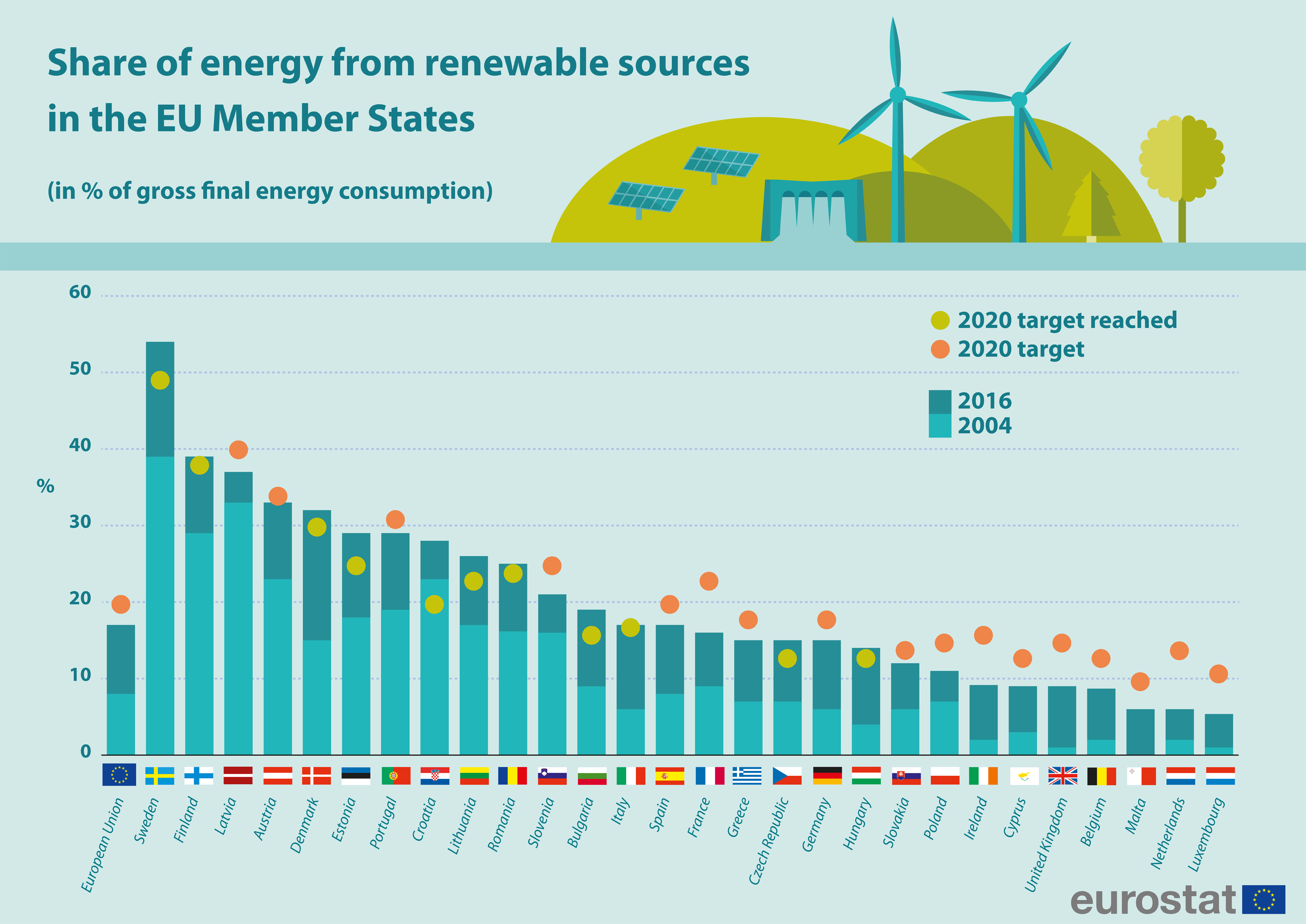Renewable energy revenue sharing is emerging as a significant area of consensus among U.S. policymakers, garnering notable bipartisan support for its potential benefits to states and local communities involved in federal land renewable projects. Recent polls indicate that a staggering 91% of Democrats and 87% of Republicans favor utilizing proceeds from solar and wind energy projects on federal lands to support local governments and ecological restoration efforts. This growing movement represents a shift in energy policy agreement for 2024, reflecting a public opinion that underscores the importance of fair compensation for communities impacted by these initiatives. As renewable energy continues to gain traction, the call for equitable revenue distribution resonates across party lines, promoting a sense of shared responsibility. In a landscape often polarized by partisanship, the broad support for renewable energy revenue sharing signals a hopeful path towards collaborative energy solutions that benefit both the environment and local economies.
The concept of profit-sharing from sustainable energy initiatives is gaining traction, bridging divisions between diverse political factions in the United States. This innovative approach to distributing funds generated from eco-friendly projects on government-owned territory not only promotes environmental sustainability but also emphasizes the importance of local governance and community involvement. As public sentiment towards green energy shifts, there is a burgeoning recognition of the need for fair financial allocation that reflects the contributions of local jurisdictions. The prospects for enhanced funding channels that support renewable infrastructure underscore a critical turning point in how energy policies are shaped and implemented. By embracing profit-sharing mechanisms, stakeholders hope to foster a more cooperative framework for renewable energy development that aligns with both ecological and economic goals.
The Impact of Renewable Energy Revenue Sharing
Renewable energy revenue sharing is emerging as a pivotal element in the discussion surrounding sustainable energy policy in the United States. A recent survey revealed that a significant majority of Americans believe that revenue generated from renewable energy projects on federal lands should be distributed to local governments and communities. This reflects a growing recognition of the importance of local investment, with residents understanding that they are often most affected by the placement of renewable energy plants like solar and wind farms. As new federal and state policies are drafted to address renewable energy needs, the potential of revenue sharing emerges not just as a financial incentive, but as a means to garner public support for transitioning to greener energy sources and fostering local economic development.
The public consensus around revenue sharing adds legitimacy to the idea that states and localities—those most directly impacted—should benefit financially from renewable energy initiatives. This creates a win-win scenario where communities receive necessary funding for public services while also promoting a transition to clean energy that addresses climate concerns. As political leaders on both sides of the aisle recognize this, there is a call for energy policy agreements that can enhance public support. This is evidenced by the survey results where bipartisan support for revenue-sharing plans mirrors the growing acceptance of renewable energy across the political spectrum.
Frequently Asked Questions
What is renewable energy revenue sharing and why is it important?
Renewable energy revenue sharing refers to the distribution of proceeds generated from renewable energy projects on federal lands to states and local communities. This is important because it ensures that localities directly impacted by renewable energy development receive financial support, fostering community development and environmental restoration while also gaining bipartisan support for sustainable energy initiatives.
How does bipartisan support for renewable energy affect revenue-sharing policies?
Bipartisan support for renewable energy creates a favorable environment for implementing revenue-sharing policies. With high support across political divides, measures for distributing revenues from renewable projects can gain traction in Congress, potentially leading to equitable funding for states and local communities that host these projects.
What role does public opinion play in advocating for renewable energy revenue sharing?
Public opinion significantly influences policymaking. Recent surveys indicate strong support among Americans for renewable energy revenue sharing, demonstrating that both Democrats and Republicans favor diverting funds from federal projects back to localities. This widespread support can prompt lawmakers to prioritize legislation that aligns with the public’s viewpoint on energy and environmental sustainability.
How will renewable energy revenue sharing impact local government funding?
Renewable energy revenue sharing will enhance local government funding by allowing a portion of the revenues generated from federal land projects to be allocated directly to communities. This could provide critical resources for public services, infrastructure improvements, and ecological restoration, ultimately benefiting the residents of those areas.
What is the energy policy agreement for 2024 regarding renewable energy revenue sharing?
The energy policy agreement for 2024 aims to streamline and enhance the implementation of renewable energy revenue sharing. It seeks to ensure that revenues from federal renewable energy projects are fairly distributed to local and state governments to support their economic development, promote environmental initiatives, and ensure community engagement in the energy transition.
What types of renewable energy projects are involved in federal land revenue sharing?
The renewable energy projects involved in federal land revenue sharing primarily include solar, wind, and geothermal energy installations. These projects, once operational, have the potential to generate significant clean energy, contributing to both national energy needs and local economic resilience through shared revenues.
Why is there a discrepancy in revenue-sharing practices between fossil fuels and renewable energy?
The discrepancy in revenue-sharing practices stems from historical legislation designed primarily for fossil fuel extraction, which ensures that significant revenues are distributed to local and state governments. In contrast, renewable energy projects have not benefited from similar rules, leading to calls for reform to align revenue practices and support local communities effectively.
What are the potential environmental benefits of renewable energy revenue sharing?
Renewable energy revenue sharing can lead to improved environmental benefits by ensuring funds are allocated to ecological restoration and sustainable practices in communities surrounding renewable energy projects. By investing in local environmental initiatives, these funds can help mitigate impacts from energy development and enhance local ecosystems.
How can states leverage renewable energy revenue sharing to enhance their energy policy goals?
States can leverage renewable energy revenue sharing to enhance their energy policy goals by utilizing funds for sustainable infrastructure, renewable technology incentives, and community education programs. This financial support can bolster local renewable energy initiatives and facilitate a transition towards cleaner energy sources, aligning state agendas with national climate goals.
What challenges might affect the implementation of renewable energy revenue sharing policies?
Challenges that might affect the implementation include political resistance, budgetary constraints, and fluctuations in public opinion. Additionally, existing legal frameworks that favor fossil fuel revenue sharing over renewable sources may pose obstacles, requiring legislative changes to create a more equitable distribution of energy revenues.
| Key Points |
|---|
| Bipartisan Agreement |
| 91% of Democrats and 87% of Republicans support revenue sharing from renewable energy in federal lands. |
| Revenue allocation preferences: 21% to local governments, 27% to federal, 22% to states, 30% to ecological restoration. |
| 30% of U.S. land is federally managed; renewable energy revenues currently go to U.S. Treasury. |
| Potential revenue sharing could enhance local support for renewable energy projects. |
| Legislation for revenue sharing has support but is stalled in Congress. |
| Common-sense legislation is desired to benefit local communities transitioning to renewable energy. |
Summary
Renewable energy revenue sharing is a concept that has garnered significant bipartisan support among the American public. Recent surveys indicate overwhelming agreement across party lines regarding the importance of reallocating proceeds from renewable energy projects located on federal land to benefit local communities and states. This win-win proposal not only strengthens community ties but also underscores a shift towards a more equitable and practical approach to energy policy in the context of a rapidly evolving energy landscape.



